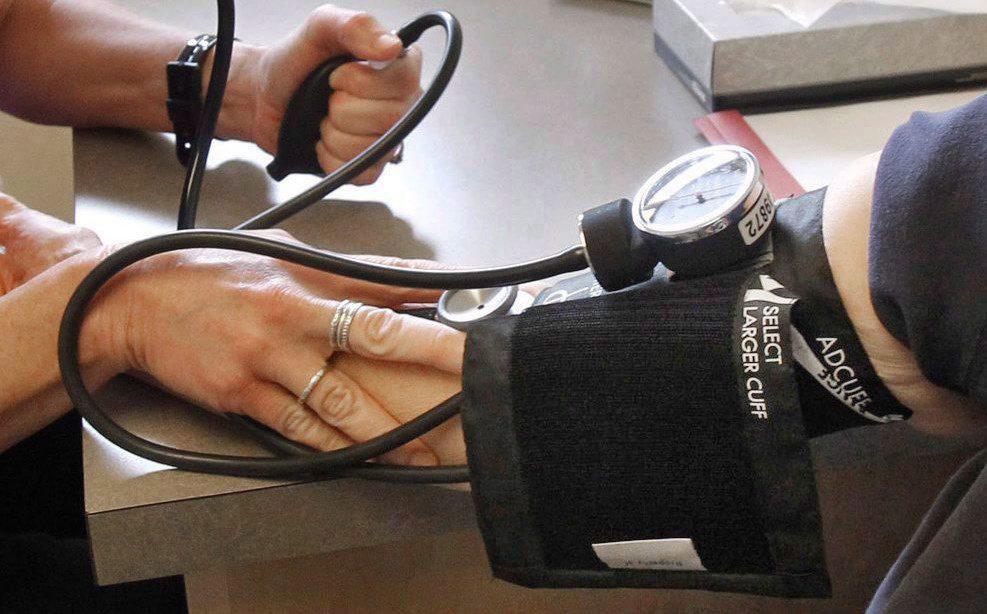Employers expect health care costs to rise by nearly 8 percent in 2025, driven by inflation, increased demand for costly drugs and therapies, and the ongoing need for cancer treatment, according to a Business Group on Health survey published on Aug. 20.
The survey found that 76 percent of employers reported being “very concerned” with overall pharmacy costs. The median percentage of health care dollars spent on pharmacies increased from 21 percent in 2021 to 27 percent in 2023.





